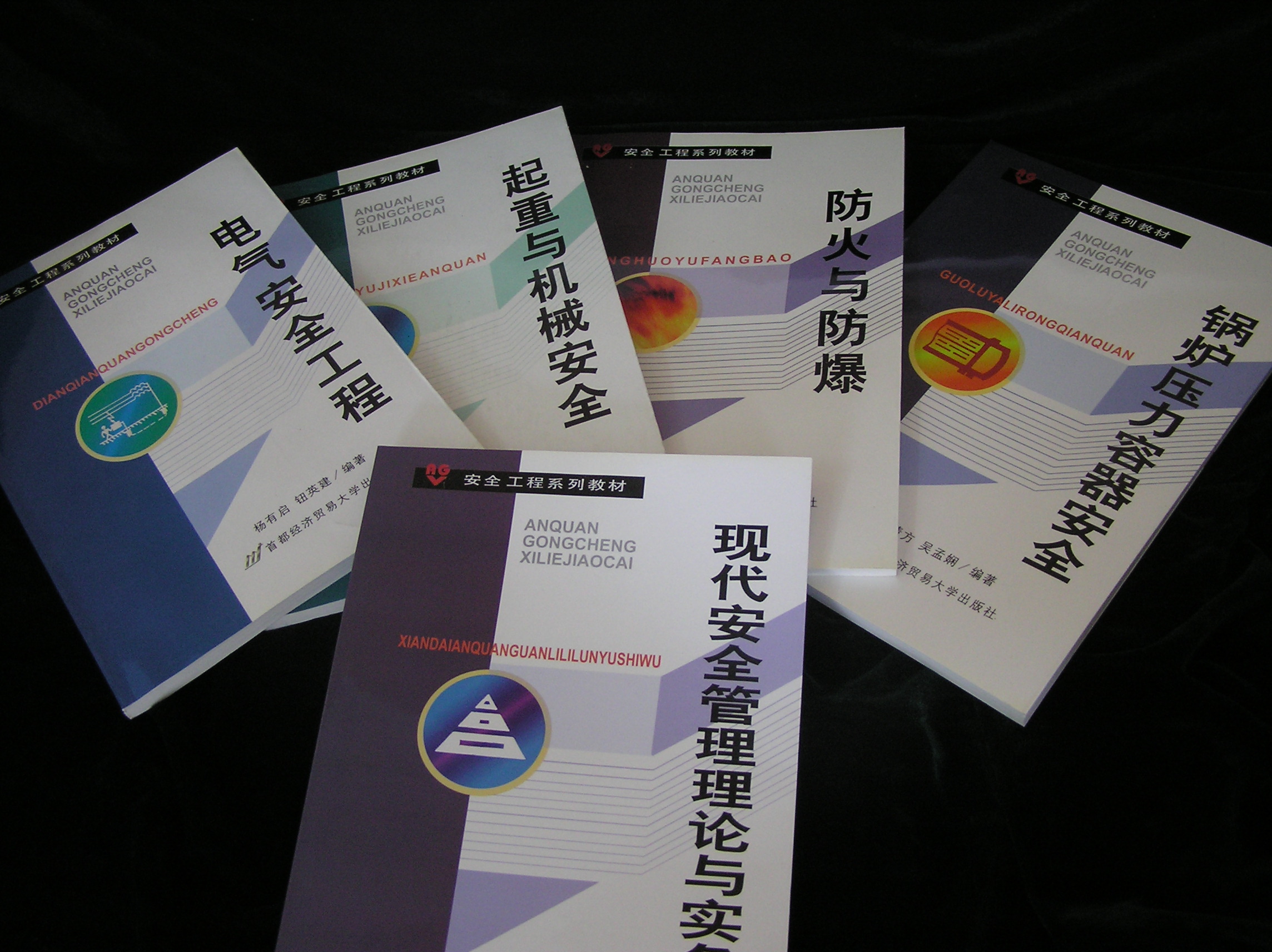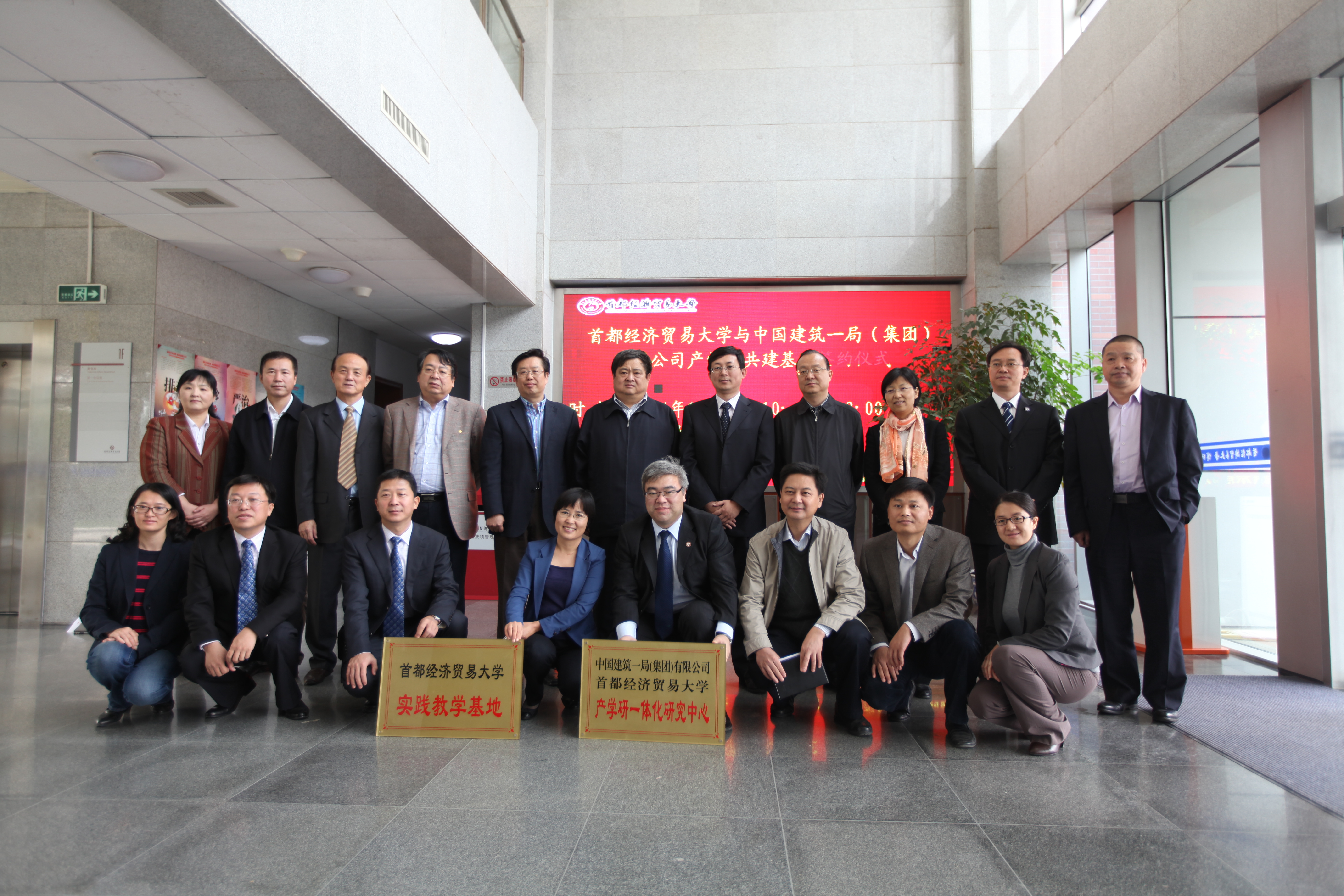Approved in 1986, the Master of Safety Science and Engineering program was established in the school of Safety and Environmental Engineering, Capital University of Economics and Business. In 2007, this discipline was approved to be one of the Key Construction Disciplines of Beijing and successfully passed the acceptance inspection in 2013. As one of the earliestmaster’s degree programs in this field in China it has a long history of developmentwith a highly qualified teaching staff. It maintains a comprehensive teaching system, standardized and mature curriculum.Practical academic research isthe advantage of this discipline. The graduates have a great competitive advantage in the job market, which is a significant contribution by this discipline to the personnel-training in the field of safety engineering for the country, and especially for Beijing.
Featured Disciplines
Safety Science and Engineering
-
A Discipline Development Overview

-
 B Faculty and Students
B Faculty and StudentsAt present, there are 18 full-time teachers, among them 5 professorsand 7 associate professors. 14 of these teachers earned a Ph.D. Their teaching and research specialties include basic theories of Safety Science, Safety Management, and Safety Production Technology,among many other fields. The teachers have made great progress advancing this discipline. Since the discipline was approved as a Key Construction Discipline in 2007, over 110 postgraduates with master’s degrees have graduated. They are now working in major research institutes and enterprises, such as the China Academy of Safety Science and Technology, China Aerospace Science & Industry Corporation, Sinohydro Corporation, China Oil & Foodstuffs Corporation, and China Gas.
-
C Discipline Development Overview
After decades of development, several major research orientations have been arisen within the discipline, including (1) Safety science basics,which researches frontier theories of the discipline and their applications, with the purpose of laying the foundation for the establishment and improvement of the discipline system of safety science; (2)Modern safety management, concentration on combining work injury insurance with safety management (accident-prevention), safety culture cultivation, and safety risk management for construction projects; (3) Safetytechnology and engineering,cross-industry general safety engineering technology theory and methodology, including safety engineering technology of machinery, electric, special equipment, andfire and explosion control; (4) Occupational hazard control, occupational hazard control technology and management, studies on engineering application, as well as studies on relation between technique and hazard control and optimized methods; (5) Confined space safety, urban underground pipe networks, optimization of ventilation systems, and studies on intelligent dynamic ventilation technologies, etc.
-
D Projects, Funds, and Laboratories
Since the approval as a Key Construction Discipline, Safety Science and Engineering has received more than 30 million RMB of scientific research funds, and the faculty of this discipline hsdcarried out 4 natural science foundation programs in China, and 2 natural science foundation programs of Beijing.
It has 2 key provincial and ministeriallevel labs, 18 other labs, and 7 bases of industry, teaching and research within this discipline
-
 E Future Plans and Construction Aims
E Future Plans and Construction AimsOn the basis of 30 years of accumulation, the demand for talents by national safety production development, especiallywith the new requirements for safe production in Beijing, will be emphasized. Further development goals of this discipline will be set based on the economic and business specialties of our university, particularly the research plan onmegacities operation safety established by the university. Disciplinary directions will be clarified, the knowledge structure of the faculty will be optimized, and the discipline of safety science and engineering will be actively promoted.
